The new Mercedes-Benz CLA will be revealed in the coming months with the choice of two battery-electric powertrains or an all-new petrol engine that promises diesel levels of efficiency.
The first car on Mercedes' new MMA platform has been engineered as an EV first, with heavy technical and design influence from the record-breaking EQXX concept. But in recognition that "the wishes and mobility needs of customers in different regions determined the pace" of the switch to EVs, it will also be offered with a bespoke mild-hybrid powertrain engineered with a stringent focus on efficiency.
Inside Mercedes' new diesel-baiting petrol MHEV
The CLA's new 'M252' 1.5-litre four-cylinder engine has been designed to be as small as possible, because MMA is an EV-native architecture so it has to take up not much more space than the electric car's front motor. It is, though, described as modular in its construction and the general design can be scaled up for larger applications.
The cylinders are positioned as close together as possible to keep the block compact, the exhaust manifolds are housed within the cylinder head itself rather than outside it, and the gearbox, electric motor and inverter are all integrated into one tightly formed unit.
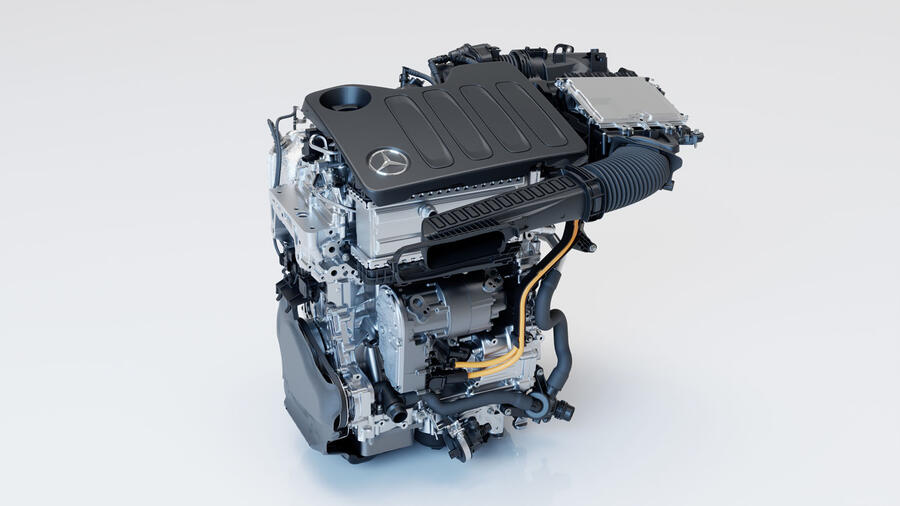
All in, the motor is said to be smaller in every dimension and 17% lighter than Mercedes' current four-cylinder engine.
A four-pot was chosen over a triple because of the heightened refinement offered by an even number of cylinders. A comprehensive array of insulation measures, including foams and covers, have been installed to further keep unwanted noise and vibration to a minimum.
The engine will send 134bhp or 161bhp through the front axle, or 188bhp to both ends in the range-topping CLA 4Matic – which, Mercedes notes, is a "considerable output per litre".
Indeed, this will be among the most potent engines of its size. For reference, the same-sized four-pot in the Mini Cooper C produces 154bhp, and the 1.5 in the Volkswagen Golf is capped at a 148bhp maximum.
Mercedes has suggested the engine will later be made available with different outputs, and though powertrain lead engineer Karsten Krebs would not be drawn on a realistic maximum power figure for the four-pot, he did tell Autocar that the three initial tunes are "where we start", suggesting there is the possibility for tuned sporting derivatives in the future.
Mercedes is still homologating the engine ahead of the CLA's launch next year and has not yet given any projected MPG figures, but when asked for a hint, Krebs said: "We feel you're reaching diesel levels of fuel efficiency with the hybrid powertrain."
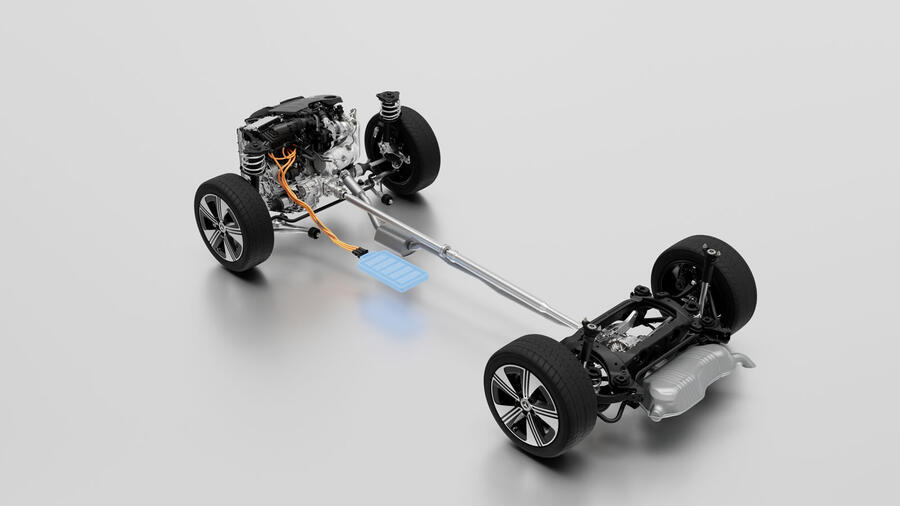
The outgoing CLA is officially capable of around 55mpg when equipped with a 2.0-litre diesel engine – and Autocar's testers found it easy to achieve more than 60mpg at a cruise – and if the new M252 gets close to that, it could be one of the most efficient petrol engines in its class.
The 27bhp electric motor is able to power the car for short distances on its own at speeds of up to 62mph, drawing its power from a 1.3kWh 48V battery – also packaged as tightly as possible – under the front passenger seat. Charging is via recuperation at up to 25kW under deceleration.
Using the electric motor to start the engine means Mercedes could do away with the need for a conventional starter motor, so the start-stop function is "almost imperceptible for the driver".
Electric CLA bids for efficiency crown
The quest for efficiency has underpinned every facet of development for the MMA platform and its electric drivetrains, which have been engineered with heavy influence from the EQXX concept that recently travelled 628 miles across the Arabian desert at a whopping 8.4 miles per kWh.
Shortly after, the CLA proved its efficiency credentials by breaking the record for the longest distance covered in 24 hours by an EV, with a prototype driving 2410 miles around Italy's Nardò ring.
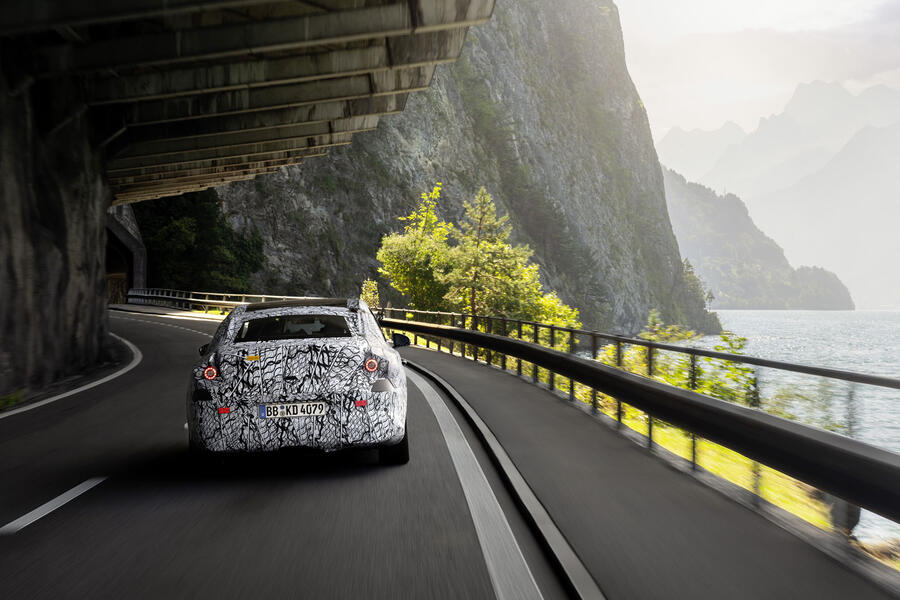
Mercedes says the new drivetrain has potential to achieve 5.18mpkWh in real-world use – a hugely competitive figure for its segment – and returns a battery-to-wheel efficiency figure of 93%. It is, the firm says, the "one-litre car of the efficiency age".
The MMA architecture underneath the CLA is equipped with 800V hardware as standard, for charging at up to 320kW, giving 10-80% top-ups in as little as 10 minutes – as proven during the Nardò run.
The CLA – and the EQA and EQB replacements that will follow – will be offered with a choice of 58kWh or 85kWh (both usable capacity) batteries, the latter with silicon-oxide anodes, which are said to boost gravimetric energy density by 20% compared with the cells current in use.
The firm has not given an indicated maximum range figure yet, but if the CLA does crack 5.18kWh, the larger battery should be enough for around 440 miles on a charge – outpunching the Tesla Model 3, BMW i5 and even the larger Mercedes EQE it will be sold alongside.
Those batteries power a newly designed electric motor on the rear axle with up to 268bhp, with 4Matic models adding a second motor with 107bhp on the front - which only contributes when needed and is otherwise decoupled from the drivetrain to minimise power wastage.
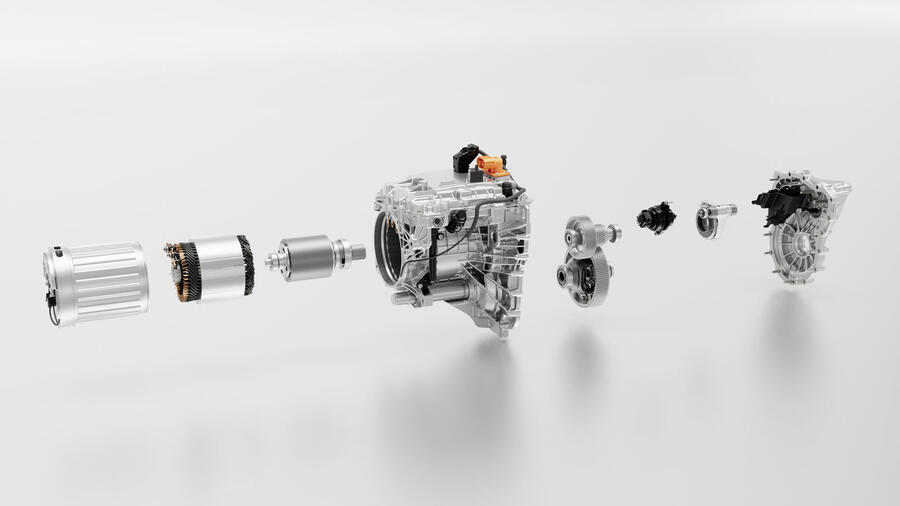
The rear motor forms part of an all-new electric drive unit dubbed EDU 2.0, which contains a two-speed gearbox for optimum efficiency at low speeds and motorway cruises, and can recuperate energy at up to 200kW under deceleration.

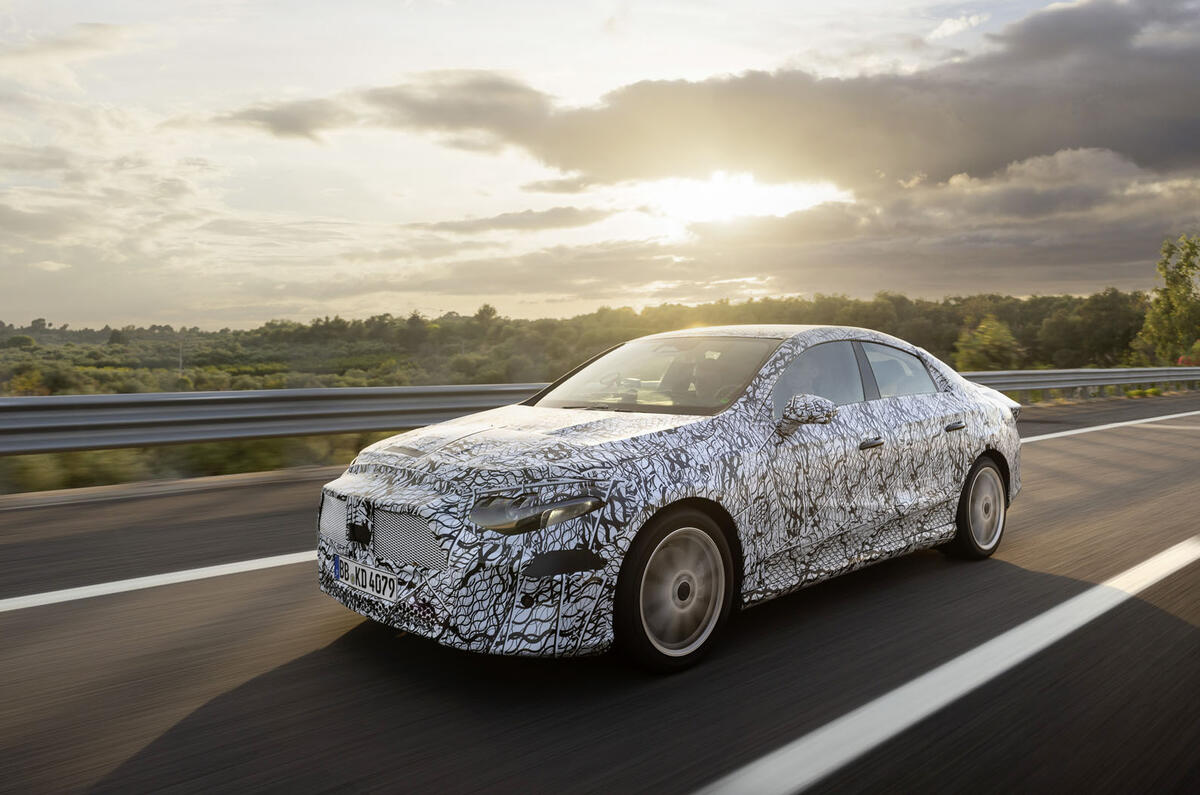






Join the debate
Add your comment
Hope they put a decent head gasket on it with those cylinders being so close together. I'm also assuming it has a turbo give the power outputs. Interesting that the Japanese seem to favour naturally aspirated hybrids with the electric motor making up for the lack of torque.
If you can squeeze 55-60mph out of four pot ,other than being a bit of a pollution, if's a choice thing.
It would be good if they put the small hybrid on the diesel. Enough electric for most town use so no dpf issues and diesel efficency for longer trips.
A diesel will always be 30% more efficent than petrol in a like for like situation.
But then it's 30% more to begin with, more unrealiable, noiser, heavier, more poluting, rougher and the fuel is more expensive.
Sorry not 30% but around 2k to 3k more expensive in this sector.
All combustion engines are chronically inefficient in real-world use. About 20% efficient. Which means 80% of the fuel you buy is wasted. That's why fuel is priced in litres but measured in Mpg. The fossil industry is trying to confuse you.
LOL.
The litres/MPG confusion is the result of EU rules and regulations. Something, I suspect, you're very fond of.